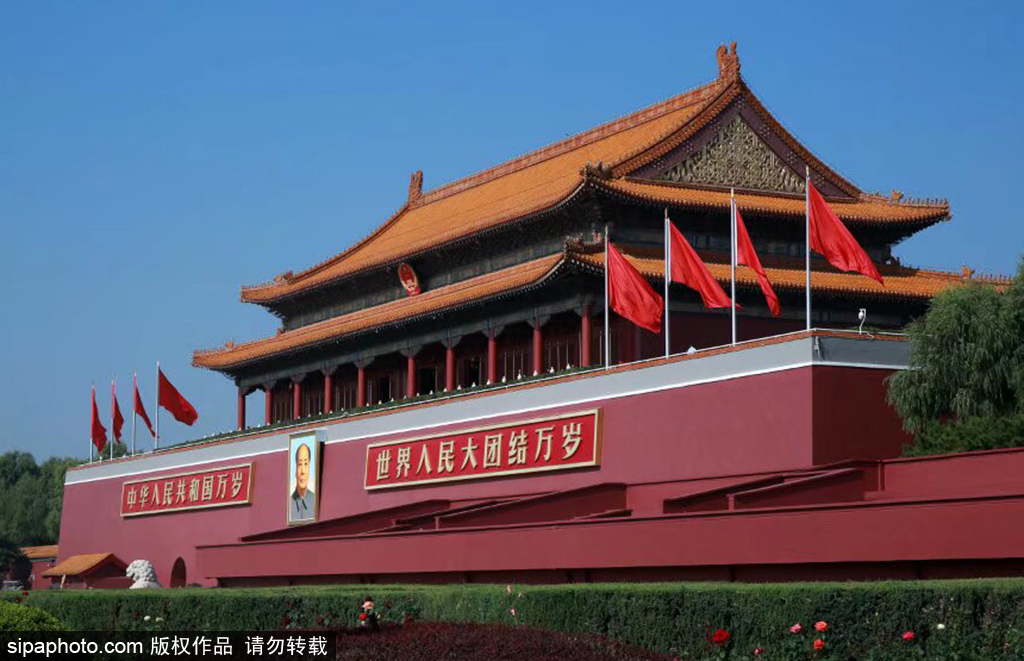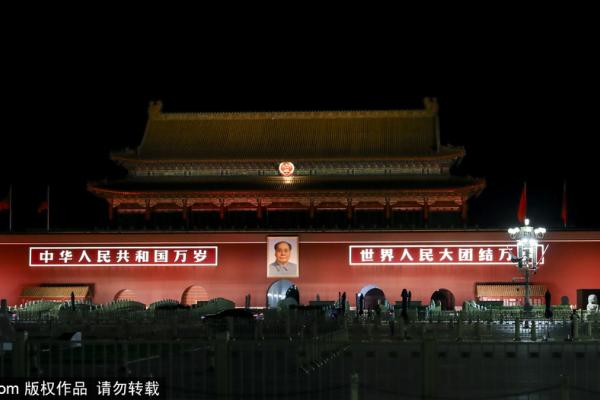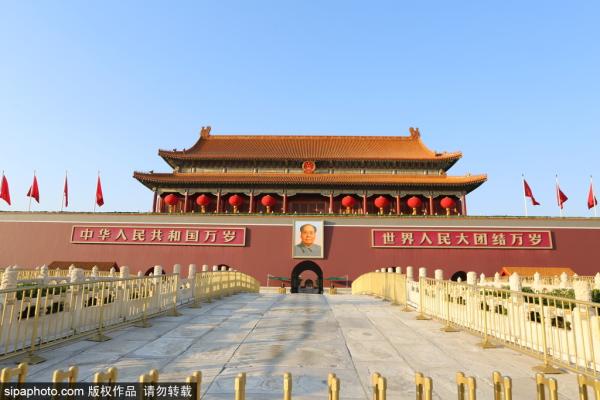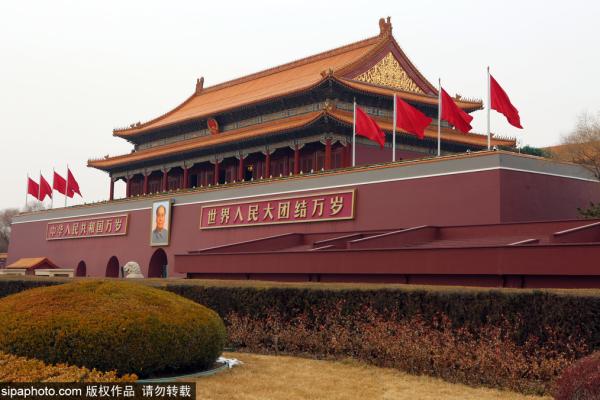Tian'anmen Gate (天安门)
The Tian‘anmen Gate was the main front gate of the imperial city during the Ming and Qing dynasties, leading to the palace city and forming a part of the imperial court area.

-
Tel:
Null -
Best Time to Visit:
All year -
Duration:
30 minutes -
Admission:
Free Free -
Opening Hours:
5:00-22:00
Description
Tian'anmen Gate (天安门)
The Tian‘anmen Gate was the main front gate of the imperial city during the Ming and Qing dynasties, leading to the palace city and forming a part of the imperial court area. It exhibits the ideal urban planning paradigm of "court in the front and market in the back" as prescribed in the Kaogongji. The Tian'anmen Gate was where the emperors of the Ming and Qing dynasties issued their imperial edicts. It has become a venue for major national events and a carrier of national rituals and stood witn...
Read MoreTian'anmen Gate (天安门)
The Tian‘anmen Gate was the main front gate of the imperial city during the Ming and Qing dynasties, leading to the palace city and forming a part of the imperial court area. It exhibits the ideal urban planning paradigm of "court in the front and market in the back" as prescribed in the Kaogongji. The Tian'anmen Gate was where the emperors of the Ming and Qing dynasties issued their imperial edicts. It has become a venue for major national events and a carrier of national rituals and stood witness to the end of the over 2,000-year dynastic system and the establishment of the People's Republic of China.
Location and Layout
The Tian'anmen Gate sits on Beijing Central Axis, south of the Upright Gate and north of the Outer Jinshui Bridges, facing Tian'anmen Square.
Its terrace is connected to the walls of the imperial city of the Ming and Qing dynasties. The gate tower is the main structure of the gate. There is another pair of huabiao, joined by two pairs of stone lions, on the south side, all standing and sitting west-east of Beijing Central Axis symmetrically.
Architecture and Landscape
Facing south from the north end of Tian'anmen Square, the Tian'anmen Gate consists of a terracc and a gate tower. There are five symmetrically arranged arched gateways through the terrace, with the middle gate larger than the others flanking it, each decreasing in size. Sitting on a white-marble sumeru pedestal encircled by a white-marble balustrade, the gate tower is 9 bays wide and 5 bays deep, with a double-eave gable-and-hip roof of yellow glazed tiles. The numbers nine and five carry symbolic importance, as they follow the traditional Chinese "nine-five system".
Functions and Traditions
The Tian'anmen Gate was the main portal of the imperial city of the Ming and Qing dynasties, forbidding public admission. It also functioned as a venue for ceremonial activities, such as the issuance of the "gold-phoenix edict and the "announcement of successful imperial examinees." The founding ceremony of the People's Republic of China was held here on October 1st, 1949, proclaiming the birth of the PRC.
The Tian'anmen Gate remains as a venue for major national celebrations.
History and Development
The Tian'anmen Gate was first first built in 1417 and underwent several repairs in following centuries. In 1949, the founding ceremony of the People's Republic of China was held here. In 1988, the Tian'anmen Gate Tower was opened to the public.


